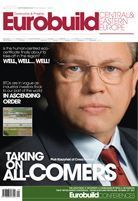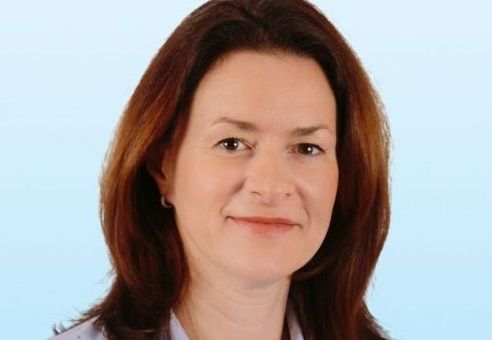According to the Polish Green Building Council (PLGBC), by March this year there were 551 buildings of various types in the country with a total useable area of more than 10 mln sqm that had qualified for environmental certification. The vast majority of these (more than 8 mln sqm) has undergone BREEAM certification, while LEED is in second place (1.6 mln sqm) with DGNB trailing far behind (200,000 sqm) and HQE lagging even further with around 30,000 sqm. The proportions are similar in terms of the numbers of certified buildings: BREEAM – 443, LEED – 103, HQE – 4 and DGNB – 1. How has this wide variance in distribution arisen?
“The BREEAM and LEED systems enjoy the most popularity, mostly because they were the first to enter the international market, while the other two are still trying to establish themselves,” points out Rafał Schurma, the president of the Polish Green Building Council. “Another important factor is that there are fewer comp































































